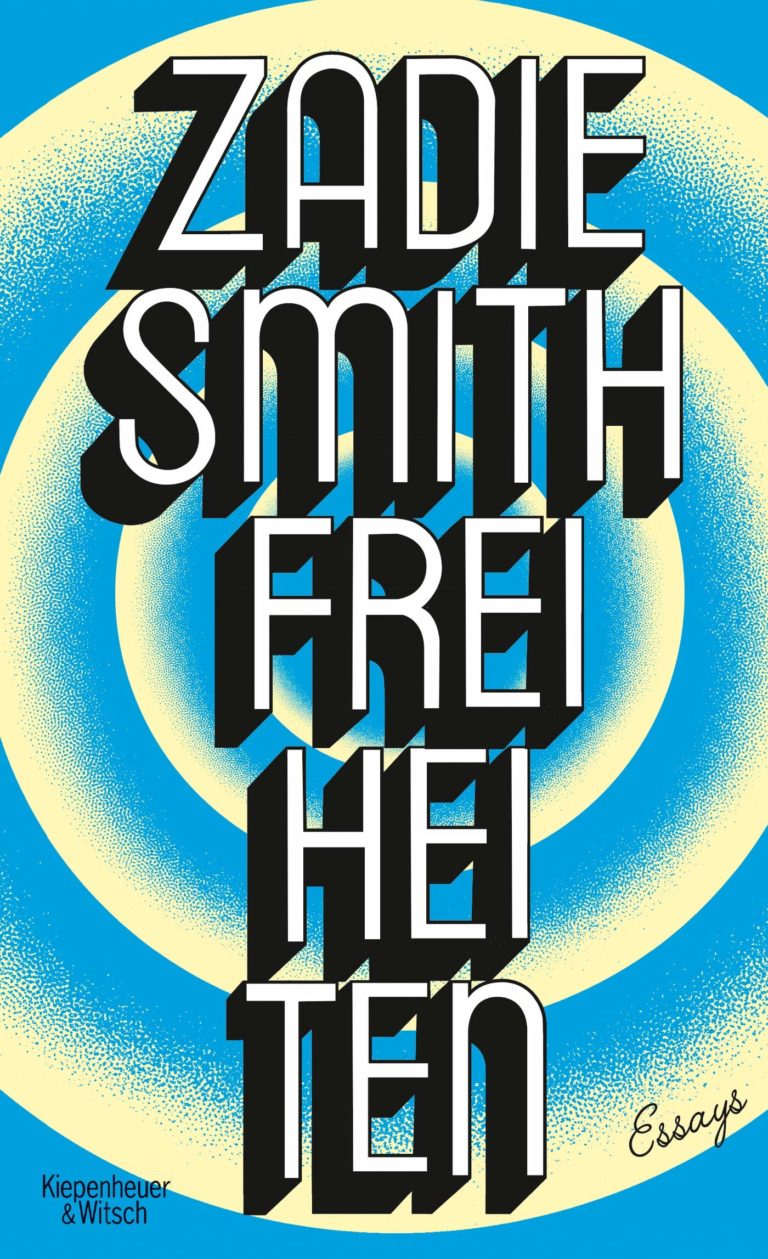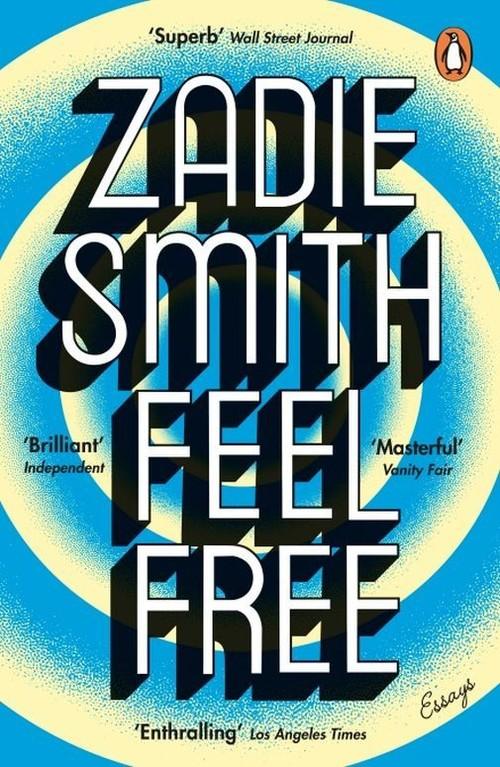


Now married to a white poet, she stands in the gallery with her white-skinned, green-eyed children, wondering whether they will be considered “black enough” to create art about black pain. As a novelist, she has been writing about cross-cultural encounters for 20 years, since she sold her precocious debut “White Teeth” to best-selling acclaim as a 19-year-old Cambridge undergraduate. Smith is the biracial daughter of a black Jamaican mother and white British father, raised in the council flats of multicultural London.

Her real answer, though, comes in an intense moment of intimacy and identification as she stands before the painting itself. Taking at face value writer and performance artist Hannah Black’s open letter to the Whitney, co-signed by dozens of black artists, urging that the painting be removed from the Whitney Biennial “with the urgent recommendation that (it) be destroyed,” Smith dutifully points out that to destroy art is “the province of Nazis and censorious evangelicals.” The painting under consideration in “Getting Out and In” is an abstract portrait of Emmett Till’s ravaged corpse the question at hand is whether a white woman had any right to paint it. It’s the kind of essay that sheds light on a whole career, and it would justify this collection even if “Feel Free” didn’t include a handful of more perfectly crafted pieces of prose. Not since her 2008 polemic “Two Paths for the Novel” has anything Smith has written caused such reverberations.

At the beating heart of Zadie Smith’s latest collection, “Feel Free,” an eclectic mix of book reviews, celebrity profiles, awards speeches and long-form philosophical musings, is an essay called “Getting Out and In.” A consideration of Jordan Peele’s debut feature film “Get Out” alongside the controversial Dana Schutz painting “Open Casket,” the essay drew praise and ire in equal measure when it was first published in Harper’s Magazine last July.


 0 kommentar(er)
0 kommentar(er)
